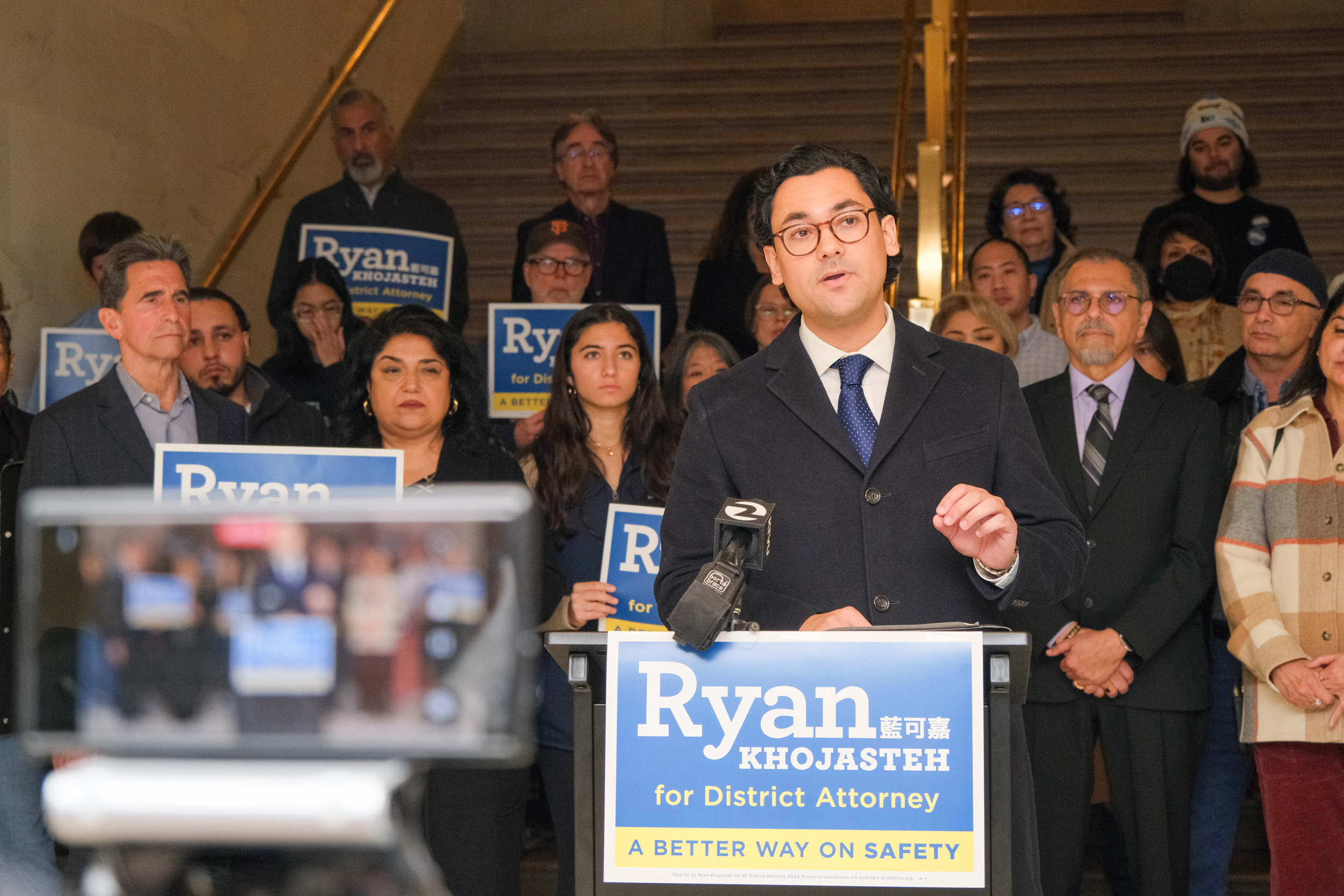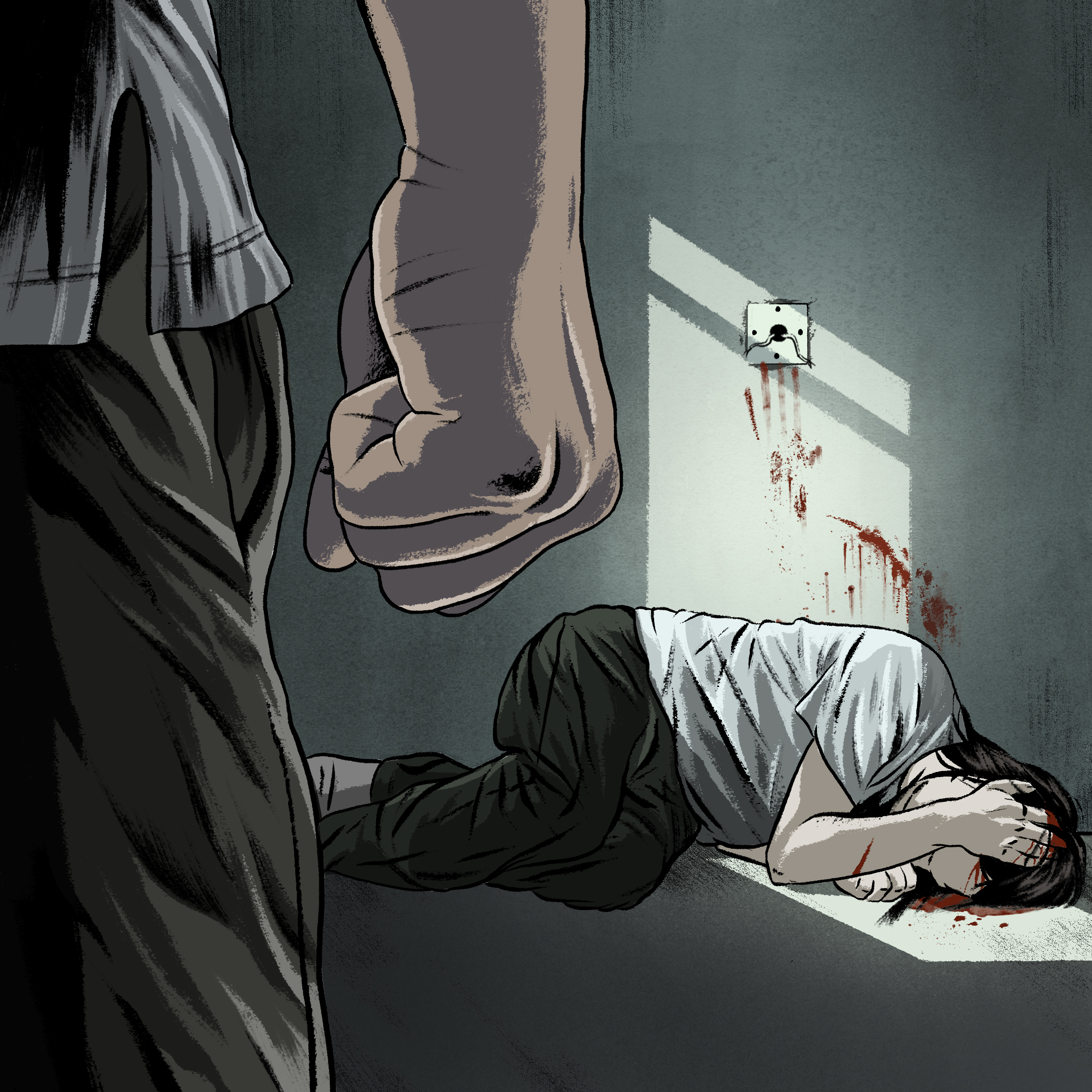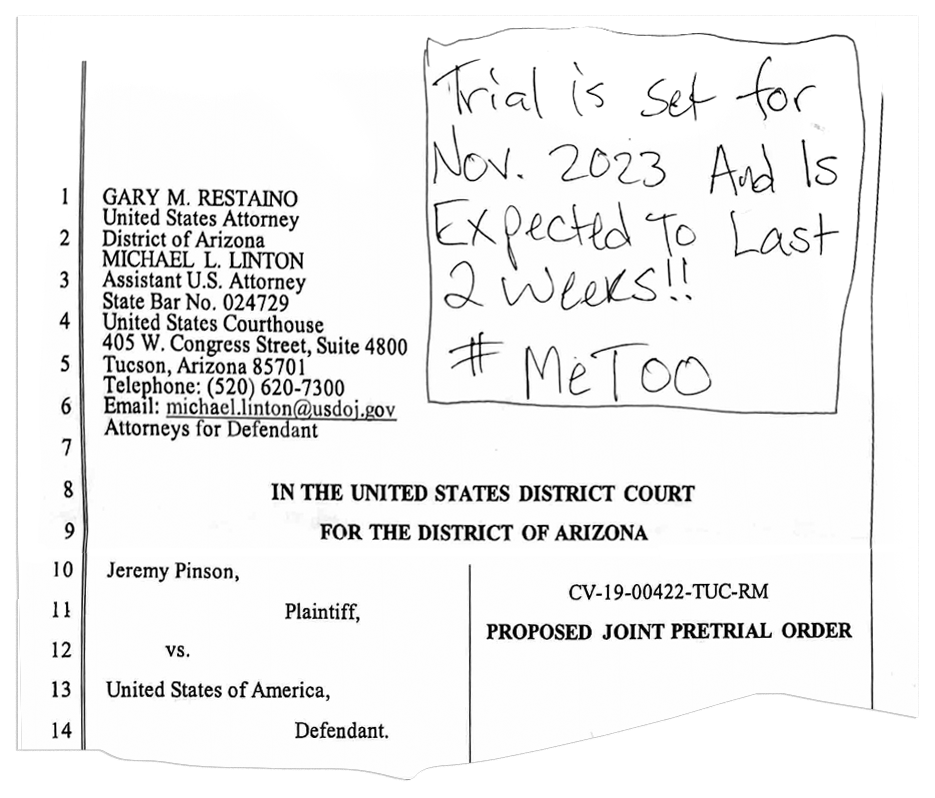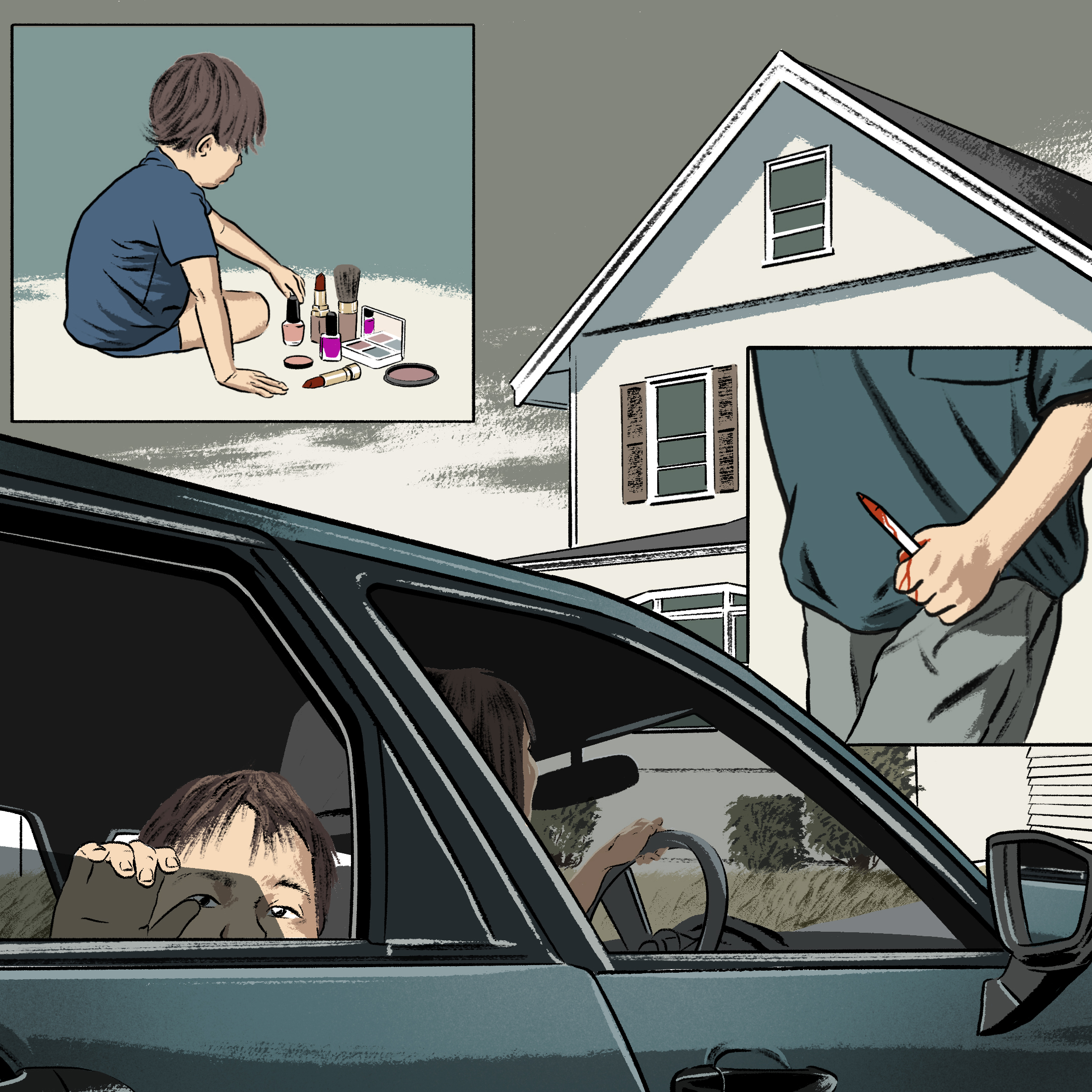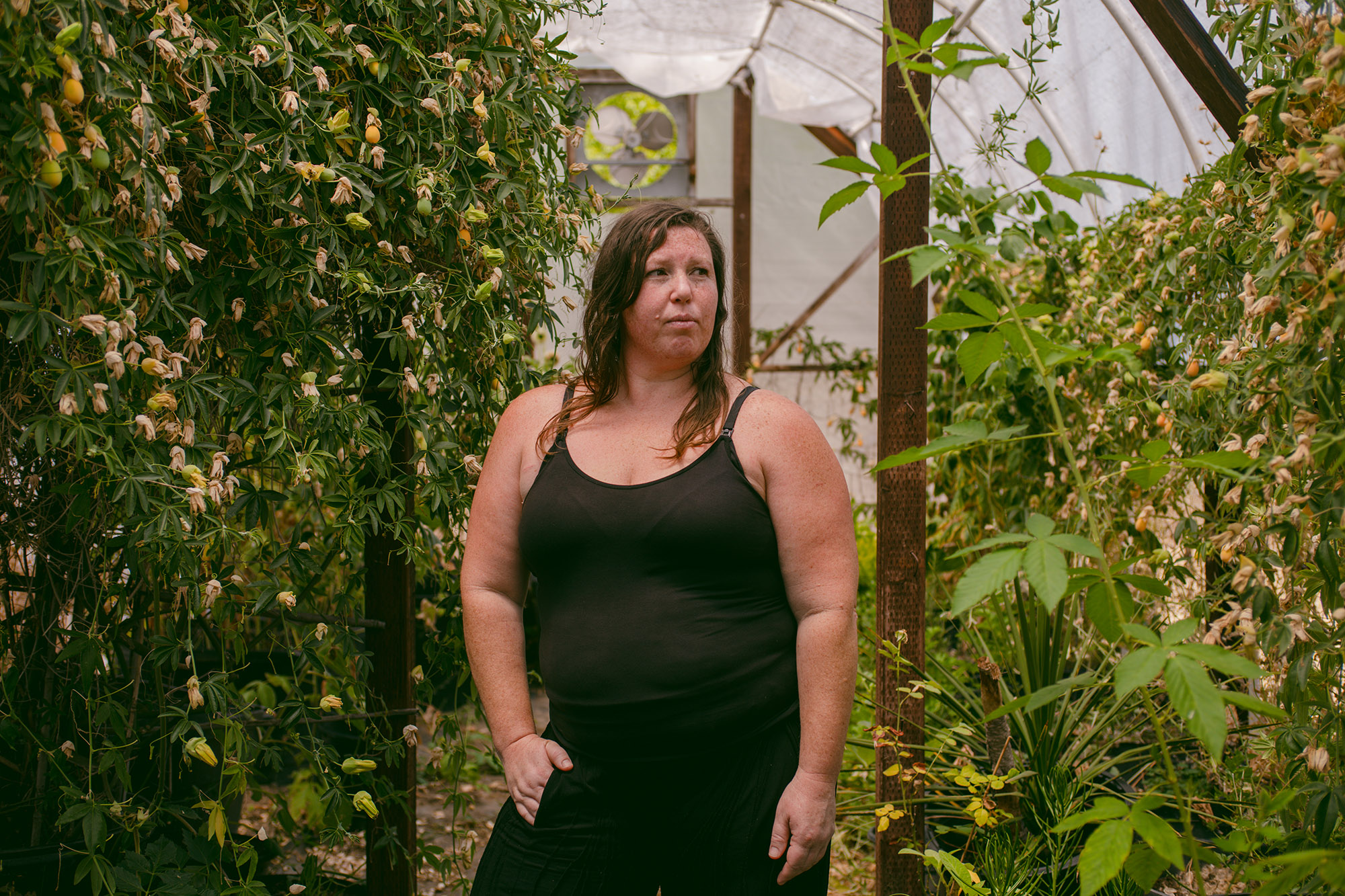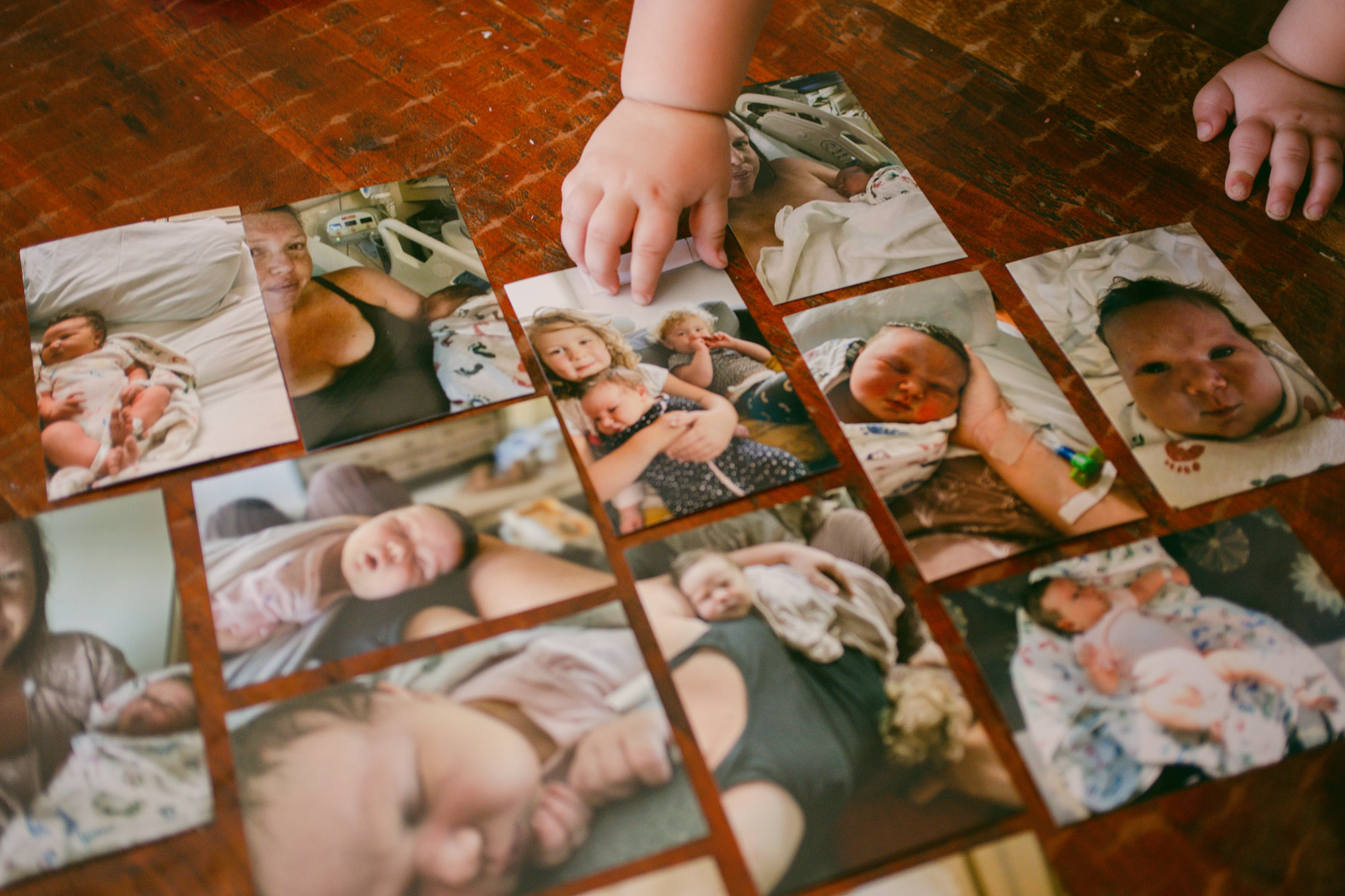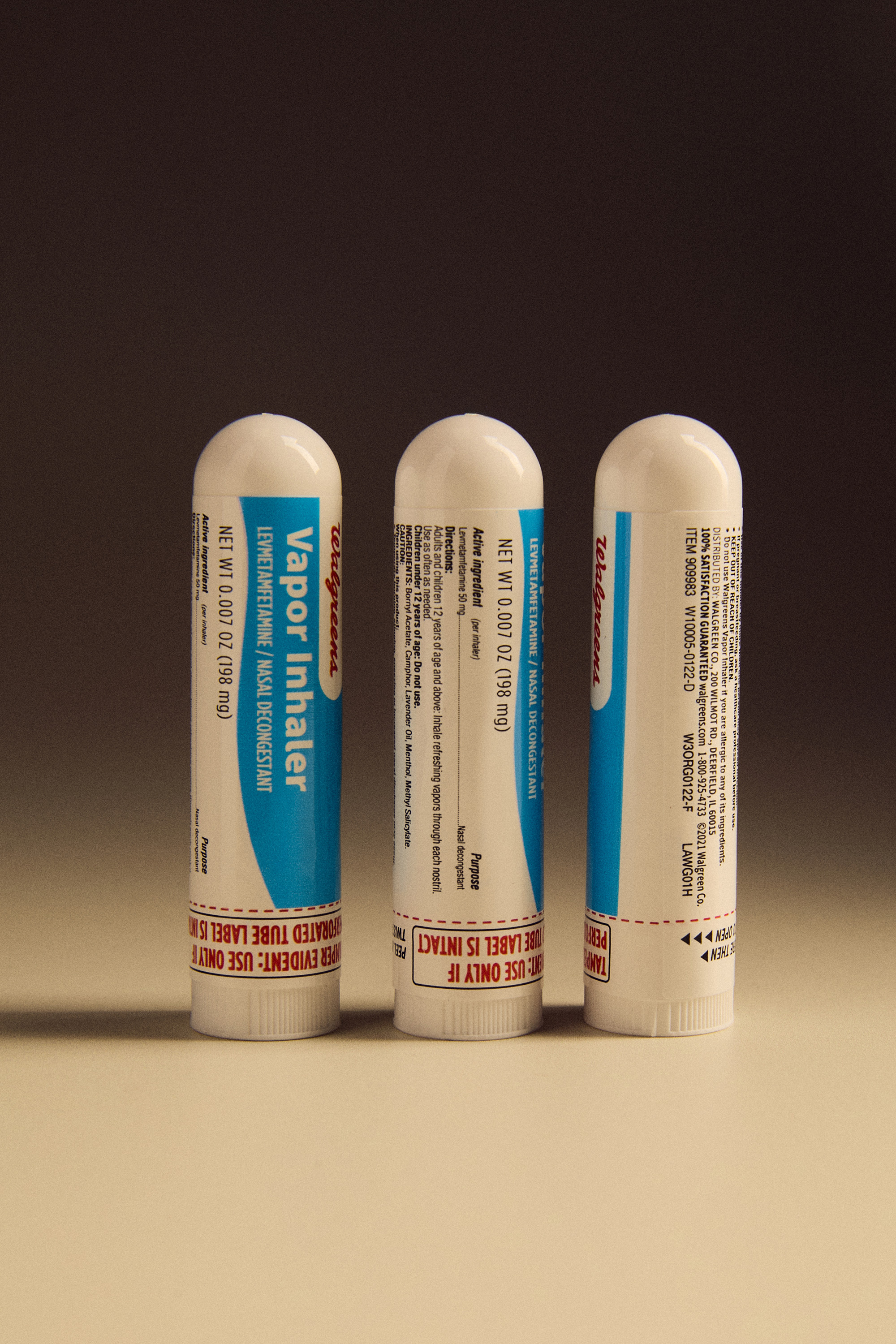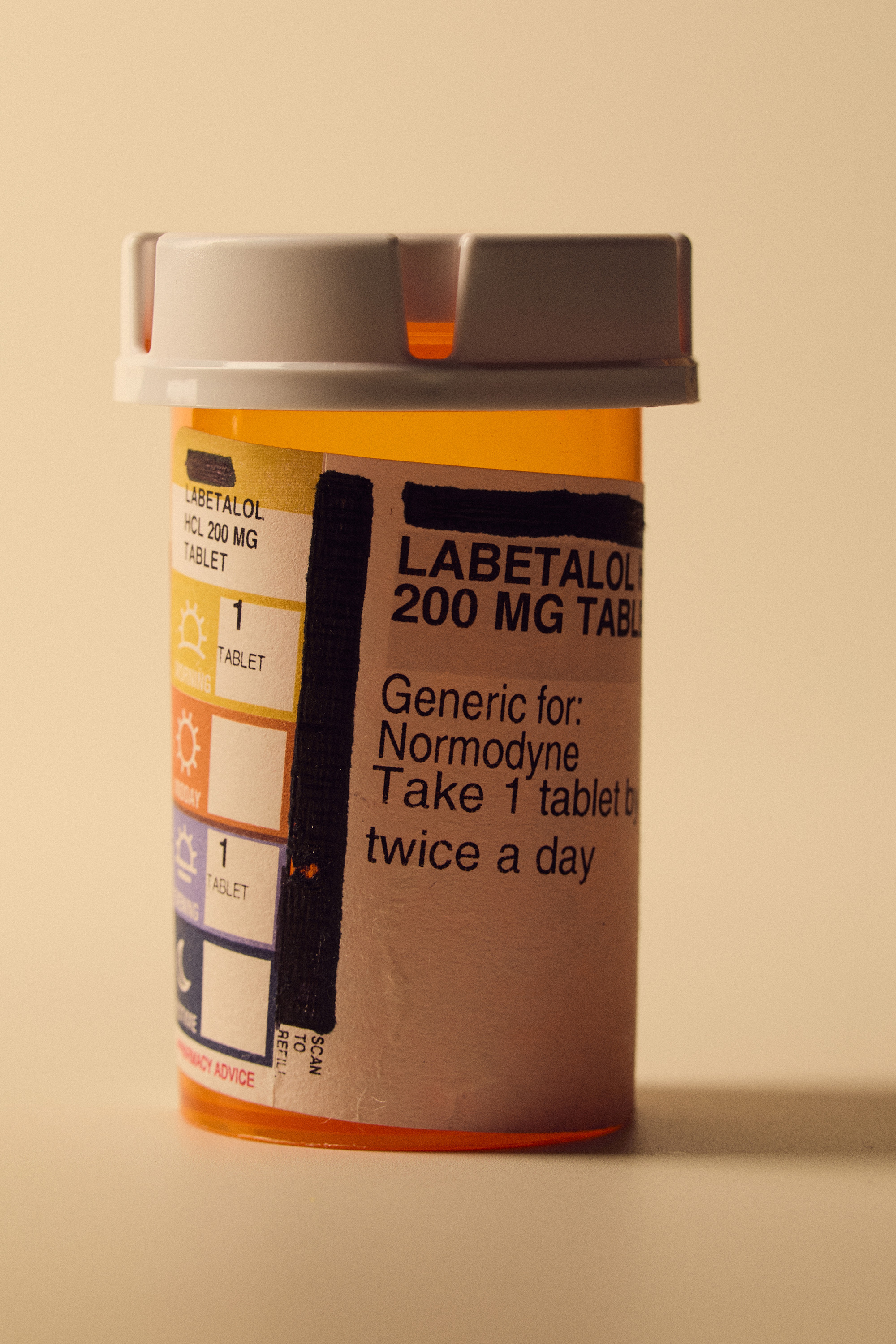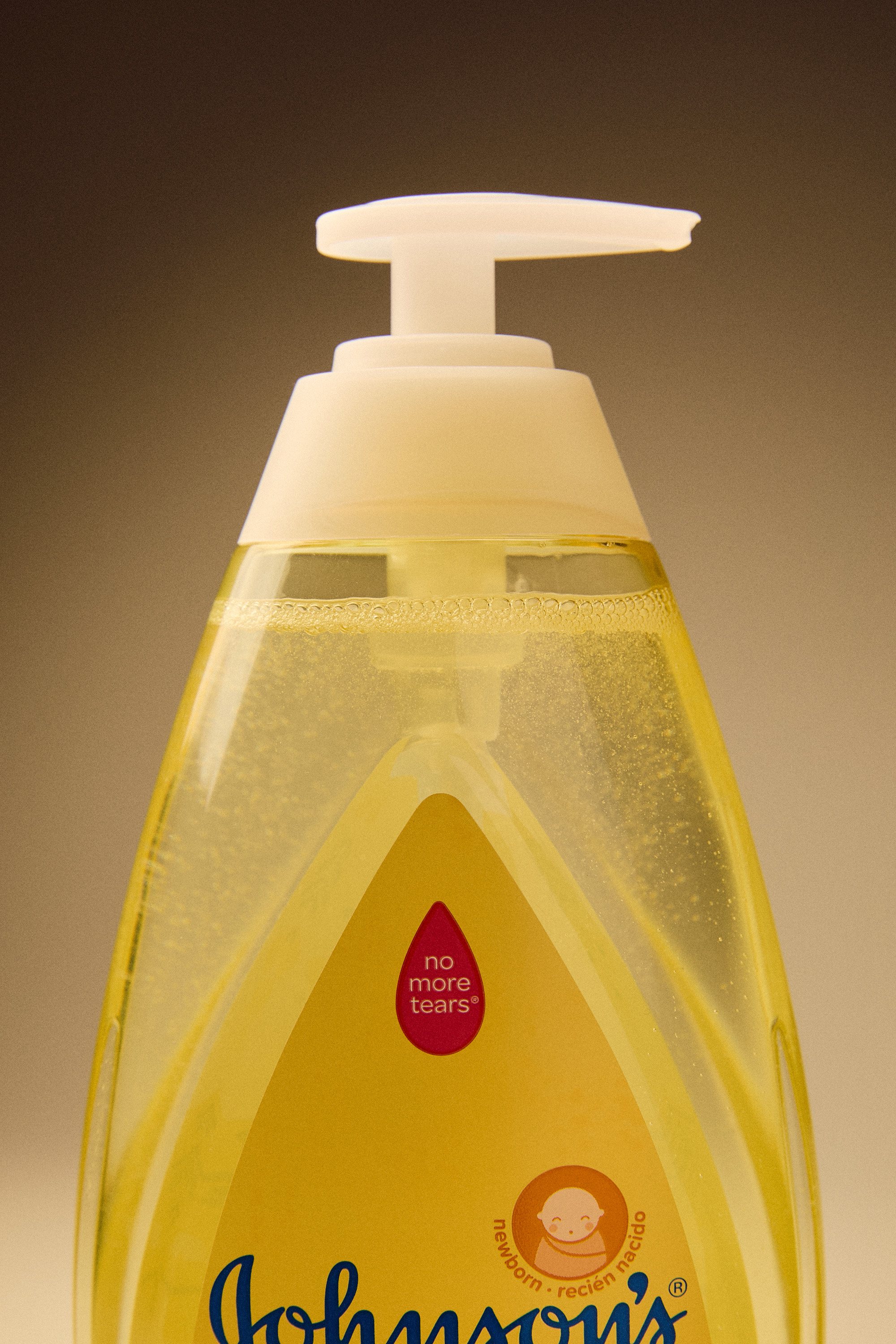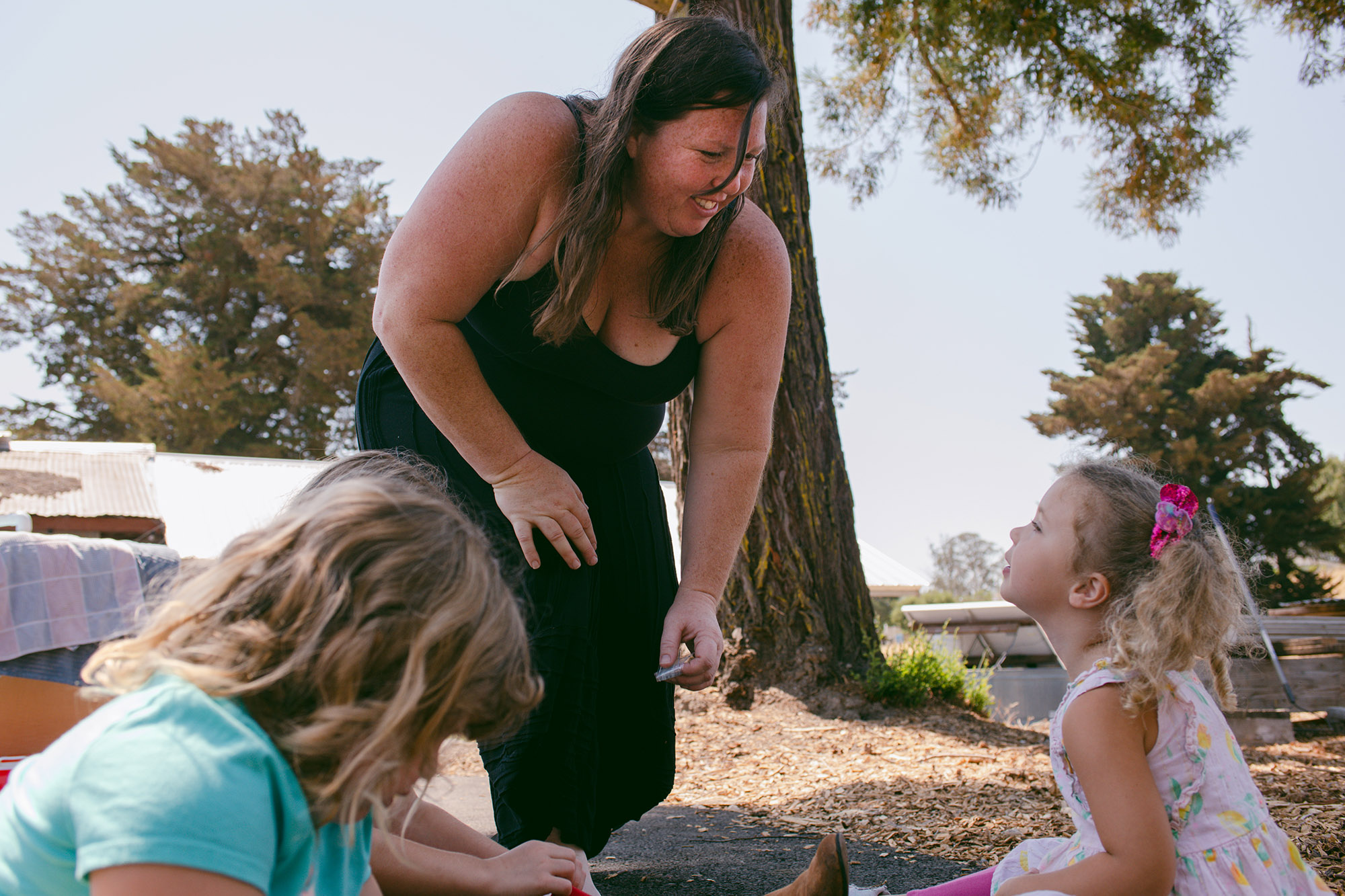The Consequences of Huge Federal Cuts to Domestic Violence Funding “May Be Death”
Paris Alexander had been in a destructive relationship for over a decade, learning to tolerate the intolerable even as the abuse progressed—first mental and emotional torment, then physical and sexual torture. Like many survivors, Alexander, who is nonbinary, stayed in the relationship hoping that it would improve. “We stick it out,” they said, “because we think that they’re going to change and come to their senses.”
Then, one day in September 2020, Alexander’s male partner beat them up and dragged them outside their Providence, Rhode Island, home by their hair. Wandering their neighborhood, covered in blood and desperate to flee, Alexander felt haunted by the years of forced isolation: “I had nowhere to go, no one to turn to,” they recall. A Google search on their phone led them to Sojourner House, which runs the state’s only shelter specifically for LGBTQ victims of intimate partner violence. Almost miraculously, there was some space. Finally, Alexander had caught a break.
At the shelter, known as RISE, Alexander focused on taking “baby steps” toward independence. They got a library card. They started individual therapy. They joined a weekly virtual LGBTQ support group, where they heard terms like “nonbinary,” “gender-queer,” and “gender fluid” for the first time. Back then, Alexander identified as a transgender woman and felt pressured to “look female as much as possible.” The support group taught them, “You don’t have to be [male or female]—you can just simply be who you are, and that’s okay.”
RISE is one of three shelters operated by Sojourner House, named for the 19th-century slave-turned-abolitionist Sojourner Truth, who was also an ardent advocate for women’s rights. Since its founding in 1976, the organization has served more than 60,000 people—1,800 last year alone. A small but critical part of this past year’s $7.4 million budget comes from the federal Crime Victims Fund, a pot of money created by the 1984 Victims of Crime Act, also known as VOCA. Across the country, VOCA helps pay for the hotlines survivors call in crisis, the shelters they flee to, and the advocates who accompany them to court and help them heal.
VOCA-supported programs helped almost 8 million people in fiscal year 2022–2023, funding nearly 3 million shelter beds and 2.3 million crisis-hotline calls, according to the Department of Justice. Those services have become more critical since the pandemic, as rates of intimate partner violence have soared, a housing crisis has made it even harder for survivors to flee, and the overturning of Roe v. Wade has given abusers another way to threaten pregnant survivors. But even as the need is growing, VOCA funding has been plummeting—and Congress has failed to act on what many advocates say may be the best hope for a legislative fix.
The current funding crisis is rooted in changes in DOJ policy that date back years. The Crime Victims Fund gets most of its money from financial penalties levied in corporate criminal cases, according to the department. Those fees and fines have been falling as federal prosecutors have pursued more deferred and non-prosecution agreements, which allow defendants more time to pay up or avoid charges entirely if they cooperate with the government. As a result, deposits into the pot shrank from a high of $6.6 billion in 2017 to $1.39 billion in fiscal year 2023. (Because of congressional caps, the actual amount of money disbursed is even lower.) These declines have trickled down to state agencies—which receive VOCA funds based on their state’s population size—and then to eligible programs. Rhode Island, which has one of the smallest populations, has seen a 54 percent drop in VOCA funds since 2017, to $2.9 million in the last fiscal year. California, the most populous state, went from receiving $218.9 million in VOCA funds in 2017 to $87 million over the same period.
Most states, including California, have managed to come up with some funding to offset the federal cuts, but the money is mostly temporary—lasting a year or two max. Fourteen states, including Rhode Island, did not appropriate any money in their most recent budgets to offset the VOCA cuts, I found in my reporting. This past spring, Rhode Island lawmakers proposed $2 million in supplemental funding, but the bill died in committee.
I’ve spent four months trying to understand how these extreme VOCA cuts are affecting domestic violence programs across the United States, doing more than two dozen interviews and tracking down budget data from every state. The picture that has emerged is deeply troubling: Lifesaving services for survivors are struggling to stay afloat, and experts fear what might happen if a long-term funding solution isn’t found.
Law enforcement groups are equally worried. “Without Congressional action, victim service providers will be forced to cut critical services, and many will be forced to close,” more than 700 prosecutors wrote in an open letter to lawmakers in February. “Millions of victims, including abused children and battered women, will be left without access to safety, justice and healing.” But with the November elections looming, Congress’ attention has been focused elsewhere.
The VOCA Fix Act, which President Biden signed into law in 2021, diverted revenue from deferred and non-prosecution agreements to the Crime Victims Fund—but this turned out to be inadequate. This term, Sen. Dick Durbin (D-Ill.) and Sen. Lisa Murkowski (R-Alaska) have proposed a bill to supplement VOCA with funds collected through the False Claims Act, which penalizes defrauding of the government. The legislation has attracted 170 bipartisan co-sponsors in the House but languished in the Senate Judiciary Committee, which Durbin chairs. A spokesperson for Sen. Lindsey Graham (R-S.C.), the committee’s highest-ranking Republican, did not respond to questions about whether the bill will get a hearing. Congress has also punted on Biden’s proposal for a $7.3 billion infusion into the Crime Victims Fund for next year. (The White House did not respond to repeated requests for comment.)
“Victims of crime, and specifically, victims of domestic and sexual violence, just are not priorities.”
At a virtual event this week commemorating the 40th anniversary of VOCA, the mood was less than celebratory. “I’m hearing about programs shutting down, positions being cut, victim services being impacted,” Claire Ponder Selib, executive director of the National Organization for Victim Advocacy, told more than 250 attendees. To Vanessa Volz, Sojourner House’s president and CEO, the funding crisis illuminates a harsh reality: “Victims of crime, and specifically, victims of domestic and sexual violence, just are not priorities.”

Domestic violence hotlines like the one that led Paris Alexander to Sojourner House are among the most critical services that VOCA funds. Because hotlines are the point of entry to a support system that can mean the difference between life and death, slashed budgets can be especially disastrous. Rhode Island’s statewide 24/7 helpline has historically relied almost entirely on VOCA funding—about $118,000 last year, less than half what it received in 2019. More cuts would likely hit the helpline’s overnight shifts hardest. For people who are abused in the dead of night, or who have a small window to seek help while their abusers are sleeping or working, this could be catastrophic.
The Rhode Island helpline routinely gets calls from people in Massachusetts and Connecticut who can’t access services in their own areas—even though both of those states, unlike Rhode Island, have appropriated supplemental funds to offset VOCA cuts. Connecticut’s additional money came from the pandemic-era American Rescue Plan Act, which disappears at the end of this year. Without a new infusion of money, the statewide domestic violence hotline, Safe Connect—which is 100 percent funded by VOCA—will have to drastically cut services, lay off advocates, or even shut down, says Meghan Scanlon, president and CEO of the Connecticut Coalition Against Domestic Violence, which staffs the hotline. “The reality is, as much as we are advocates who don’t want to say ‘no,’ at some point, we’re gonna have to,” she laments. “And that doesn’t feel great.”
Some of the greatest effects are likely to be felt in programs that serve transgender clients and undocumented immigrants, such as Sojourner House’s RISE shelter and THEIA Project, which supports victims of human trafficking. Hot-button politics around LGBTQ+ and immigrant clienteles make such programs especially difficult to fundraise for, Volz says.
Yet as Alexander’s story shows, immigrant survivors are particularly vulnerable to abuse from partners who exploit their status as another form of control. Despite their strong New England accent that makes them sound as if they had been born and raised in Boston, Alexander originally hails from São Miguel, a lush island in the Azores archipelago of Portugal. When they were 5 years old, they arrived in New Bedford, Massachusetts, with their parents—but without documentation. Their mother secured US citizenship when Alexander was a teenager—a process that automatically made them a citizen, too. But after getting kicked out of the house at 16, and no parental contact over the years, Alexander lacked both identification and proof of their citizenship status. “I became like a ghost,” they recall. In their 20s, they told me, essentially undocumented, they dropped out of cosmetology school and the regular labor force and drifted into sex work.
Sojourner House didn’t just get Alexander out of an abusive relationship. Its VOCA-funded team of immigration advocates helped Alexander secure identification, represented them in immigration proceedings, and prepped them for their citizenship test—a process that took over a year; in March 2022, Alexander was officially sworn in as a US citizen. “We’re really at risk of not being able to continue providing these services at the same level,” Volz notes.
In some places, cuts affecting VOCA-funded legal advocacy services have already been devastating. Judge Shelley Santry, a family court judge in Louisville, Kentucky, used to have advocates in her courtroom every Tuesday, the day she hears domestic violence cases involving people seeking emergency protective orders against their abusers. The advocates—employed by the statewide Center for Women and Families—would bring survivors into a private room after their hearing and explain a new set of risks: “Once the order is entered, it’s really the most dangerous time,” Santry told me. “The perpetrator is losing that control, and that’s when the lethality red flags are elevated.” Recently in Hardin County, 60 miles from Louisville, a man fatally shot his ex-girlfriend and her mother near the courthouse where they had a hearing about an emergency protective order against him. (He also killed himself.)
In Santry’s courtroom, the advocates would help survivors come up with practical strategies to safeguard themselves and their families: keep gas in their cars, charge up their phones, pack emergency bags in case they had to flee. Their in-person presence was essential, says Elizabeth Martin, the center’s president and CEO: “If you aren’t where people are, they’re not necessarily going to reach out to you.”
But over time, the number of advocates in Santry’s courtroom dwindled, and since August 2021, they’ve been completely gone. With VOCA funding for the center plummeting more than 60 percent since 2019, to just over $437,000 last year, Martin was forced to cut her domestic violence staff in half and remove advocates from courtrooms. Now, a court staffer hands out pamphlets and business cards to survivors bearing the center’s name, website, and phone number. Martin only sends an advocate if a survivor asks for one. “They don’t know what they don’t know,” Martin says. “The contact, that personal touch, that involvement has been watered down significantly.”
Lawmakers “need to understand this isn’t a personal problem, this isn’t a family problem—this is all of our problems, and we’ve got to work to eradicate it.”
Domestic violence groups were grateful when Kentucky legislators allocated $7.1 million in their latest budget to offset VOCA cuts, but say the one-time grant isn’t enough. Without advocates to provide support, “the consequence may be death,” Santry says. In 2020, Kentucky ranked 10th in the nation for domestic violence homicides, according to the Violence Policy Center, with men murdering 46 women across the state. Lawmakers “need to understand this isn’t a personal problem,” Martin says, “this isn’t a family problem—this is all of our problems, and we’ve got to work to eradicate it.”

California is another state where advocates say lawmakers haven’t done enough to address a steep decline in VOCA funds—down 60 percent since fiscal year 2017. Now domestic violence organizations there are facing a new crisis as they grapple with the repercussions of this summer’s decision in Grants Pass v. Johnson, in which the Supreme Court’s conservative supermajority essentially greenlit the criminalization of homelessness.
After a months-long advocacy campaign that drew the support of actress Angelina Jolie, Gov. Gavin Newsom’s office scrounged up $103 million in June to supplement the $87 million in federal VOCA funds. That one-year reprieve helped to avert what could have been a catastrophe for VOCA-funded organizations. But then in July, Newsom ordered state agencies to clear out homeless encampments following the Grants Pass ruling. Advocates warned that the decision could be devastating for survivors of intimate partner violence, who struggle to access shelter and housing nationwide—and especially in California, which has the largest population of unhoused people in the United States.
“The reality before [Newsom’s] executive order was that there were not enough DV-specific shelter beds, and just in general, there’s not enough emergency shelter beds,” says Jennifer Willover, housing policy analyst at the California Partnership to End Domestic Violence. Since Newsom’s mandate, Willover adds, domestic violence programs across the state have reported increased calls to their hotlines requesting shelter. In some parts of the state, advocates report that they are spending more time visiting encampments and informing unhoused people of domestic violence-specific services they offer, Willover says. (Newsom’s Office of Emergency Services did not respond to requests for comment.)
Experts see the situation there as a harbinger of what’s to come nationwide: As the National Network to End Domestic Violence and other advocacy groups said after the Grants Pass ruling, “Gender-based violence is a cause and consequence of homelessness, and this ruling will further trap people who are homeless, including survivors, in cycles of poverty and housing insecurity.”
In a report about homelessness in the state published in January by researchers at the University of California, San Francisco, nearly one-fifth of cisgender women surveyed said they had experienced intimate partner violence in the six months prior to homelessness, and 40 percent said violence was a reason for leaving their last housing. Many were homeless because of the far-reaching effects of domestic abuse: living in isolation from family and friends and unable to work, their financial resources controlled by their abusers, resulted in intractable poor credit and records of eviction. “There’s a lack of awareness, still, of the fact that there is that intersection of domestic violence and homelessness,” says Leticia Campos, chief programs officer at the Marjaree Mason Center, which serves victims of domestic violence in Fresno County, where the population tops 1 million and the poverty rate is well over the national average.

Marjaree Mason—established in 1979 and named after a 36-year-old woman murdered by her ex-boyfriend, a sheriff’s deputy with the county—offers a case study of the problems facing VOCA-funded organizations in California post–Grants Pass. Fresno County has the highest number of calls to law enforcement for domestic violence per capita in California, and Marjaree Mason is the county’s only 24/7 domestic violence shelter and service provider. The Fresno City Council allocated $300,000 earlier this year to help the organization fend off the impacts of the years-long decline in VOCA funds, but staff members say they still struggle to meet the needs of survivors.
In June, I visited the VOCA-funded emergency shelter, which can accommodate 140 people. The rooms have bunk beds with colorful, patterned bedspreads, and televisions mounted on the walls, and outside there’s a playground shaded by palm trees. But even before the Supreme Court ruling, getting a bed there wasn’t easy. Empty beds are often filled within hours, Campos says; when I visited, the shelter had been at capacity for three weeks. Survivors who are turned away often have no choice but to return to their abusers. A spokesperson told me that last year, 80 percent of the organization’s clients had no income of their own, and of the ones who did, two-thirds made under $15,000.
After Newsom issued his executive order, the Fresno County Board of Supervisors unanimously approved an ordinance making “unlawful camping” a misdemeanor punishable by a $500 fine and up to six months in jail. The city of Fresno passed a ban that was even more aggressive: a $1,000 fine and a year behind bars, which took effect in late September. The mayor has said that arrests will be limited to “habitual offenders” and that people will first be offered supportive services, though it’s unclear whether those include referrals for domestic violence treatment.
Staff at Marjaree Mason saw an impact within days of Newsom’s executive order, when the sheriff’s office dropped off an unhoused woman and two children at the drop-in center in the middle of the night after clearing an encampment, according to Joseph Hickman, the center’s interim crisis response manager. “It was very eye-opening to see that it happened that quickly,” Hickman says. “It definitely kind of lit a fire under us.”

The problem, as Campos says, is this: “What should we do when we’re at capacity? Where should we send victims of domestic violence?” Laura Moreno, program manager at the Fresno County Department of Social Services, says those questions point to a broader, county-wide issue. “We don’t have enough shelter beds, period, for the number of people we have on the streets,” she told me. A federally mandated one-day census in Fresno and neighboring Madera counties in January 2023 found nearly 4,500 unhoused people, up 7 percent from the year before. A county spokesperson said outreach teams provide homeless people with relevant resources, including information about Marjaree Mason’s services.
Helping survivors find assistance elsewhere when the shelter is full is a task left to Diana Hernandez, a former 911 dispatcher who joined Marjaree Mason’s staff in September 2021. In her previous job, she told me, she hated having to hang up on callers who were clearly in need but not in the throes of an emergency. Now, as a client navigator, she can talk to survivors who call the hotline for as long as they want, providing them with emotional support and resources. But she can’t always give them what they need most, which is usually a bed.
While we were chatting in her cubicle in June, she received a hotline call from a woman who said she’d been physically assaulted by her boyfriend. She had been living in a car, and needed a safe place to stay. Marjaree Mason’s shelter was full, so Hernandez offered to call homeless shelters in the area to see if they had room. But she also cautioned that those shelters wouldn’t offer advocacy support and legal services specifically for domestic violence victims. Nor would their locations be confidential, like domestic violence shelters’ are. Add to that, most likely they would require residents to leave during the day; Marjaree Mason lets them stay.
Hernandez gave the woman phone numbers for other local organizations that could provide services, and suggested that she change her passwords on her email and social media accounts, make sure her phone’s location-sharing feature was turned off, and call back on the hotline at any time if she wanted to talk. In such instances, “I try to exhaust my resources,” Hernandez told me after the call ended, “so I know I did everything I could.”

After seven months at RISE, Sojourner House’s LGBTQ shelter, Paris Alexander might have ended up like so many other survivors of intimate partner violence: homeless and back on the street. But because Alexander had been a victim of sex trafficking, they were eligible for assistance through another Sojourner House program offering transitional housing for survivors of human trafficking. The program paid the rent and utilities on a third-floor apartment where Alexander lived while they were sorting through their citizenship problems and unable to work. Without a Social Security number, they couldn’t apply for food stamps or government assistance. Every few weeks, Alexander recalls, a Sojourner House advocate showed up with some food—bread, peanut butter, canned beans. “And that was pretty much what I had to live off of.”

Alexander finally secured their citizenship in March 2022 and was able to begin searching for permanent housing. Once more, Sojourner House provided vital support. Robin Greene, an advocate who had once been unhoused, also works with trafficking survivors through the organization’s THEIA Project, which includes a VOCA-funded shelter. Greene helped Alexander find an apartment and even convinced the landlord to renovate the space by replacing the floors and covering up cracks and holes in the walls.
For Greene, ensuring her clients live in comfort is key to helping them stay on the road to recovery. Greene recalls spending time in homeless shelters that were “gross,” “vermin-ridden,” “humiliating,” and “degrading.” At the shelter for trafficking victims, she painted the walls and floors with pops of green, yellow, and purple and adorned the office space with house plants. She mows the front lawn herself. “I want it to look not like a shelter,” she told me when I visited. “I want it to look like a home.”
Two years after Alexander moved in, their apartment—the same one that Greene helped secure—has become their “sanctuary,” where they live with their two cats, Bast and Isis. They painted the walls yellow, green, and blue; hung up their own artwork; and put some of the house plants Greene brought to life in front of the bay windows in their living room, a daily reminder of someone who helped transform their life.
According to Greene, Alexander represents “the epitome” of what Sojourner House and domestic violence organizations like it can do, if they have the vision, the people—and the funding to support survivors. “Paris was determined to just sit in their little apartment and never come out with their cats,” Greene told me, “but not now.”

Today, Alexander volunteers with Sojourner House and spreads word of its services within the community. They also volunteer with a trans youth mentorship program, through which they meet weekly with a younger trans mentee, and they host events—including a recent makeup workshop, drawing on their cosmetology background—for trans and nonbinary young people. In November, they’ll host a virtual Friendsgiving hangout—meant to be “a safe and loving space during Thanksgiving,” they said, adding, “the holidays can be a tough time of the year for queer folks.”
Alexander knows firsthand the negative thoughts that can run rampant through survivors’ minds: “We feel like we’re not worthy. We feel like no one cares. We feel like no one understands. You don’t trust that there’s genuine empathy out there.” Empathy, though, tends to be abundant among people who support survivors of domestic violence; what’s in short supply is cash. This is partly why Alexander was eager to tell their story: They want lawmakers to know that VOCA funds have “the power and the ability” to save lives. “I wouldn’t be here today,” they told me, “if it weren’t for the Sojourner House program.”
If you or someone you care about is experiencing or at risk of domestic violence, contact the National Domestic Violence Hotline by texting “start” to 88788 or calling 800-799-SAFE (7233) or going to thehotline.org. The Department of Health and Human Services has also compiled a list of organizations by state.
This article was produced with the support of the USC Annenberg Center for Health Journalism’s 2024 Domestic Violence Impact Reporting Fund.
